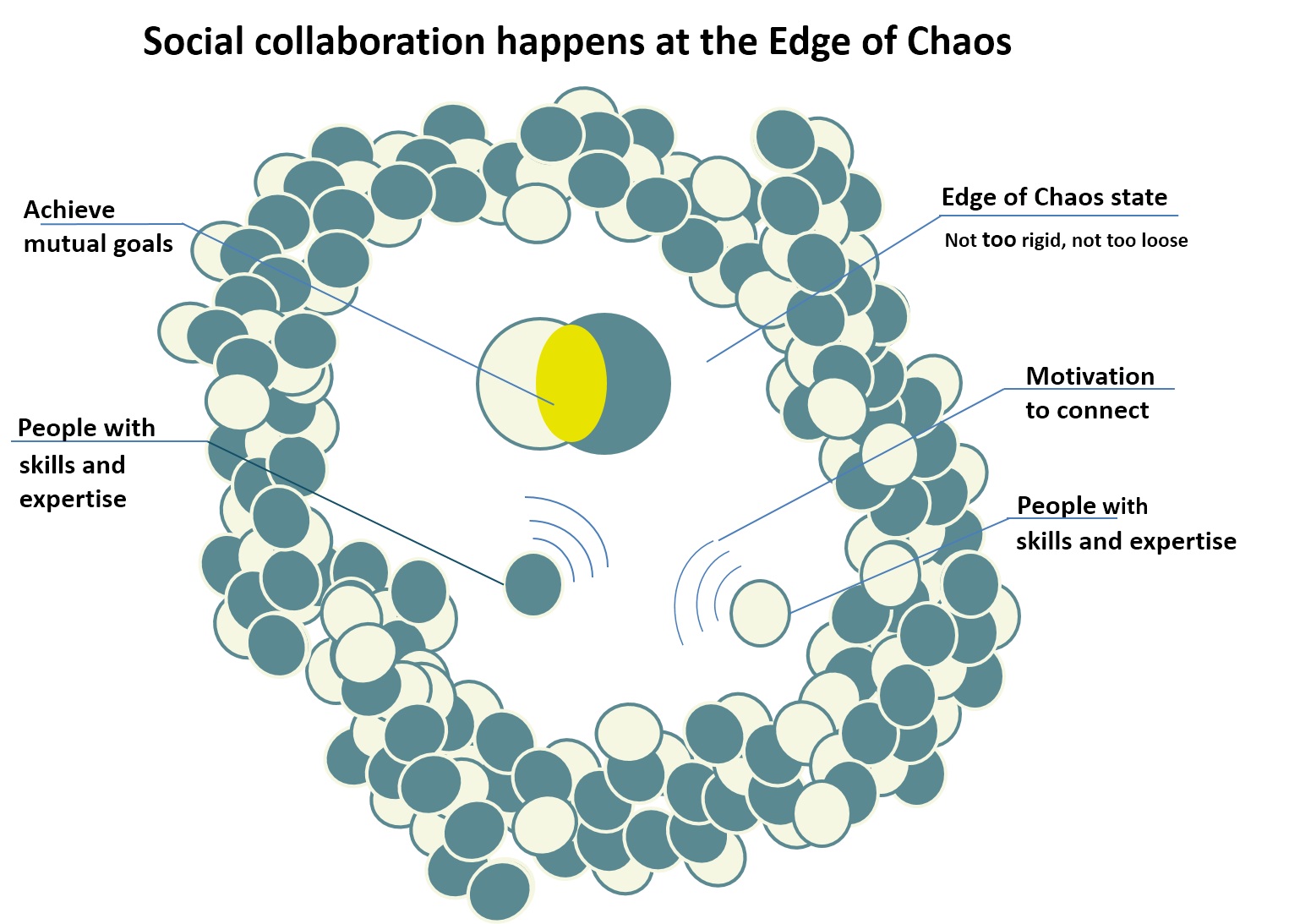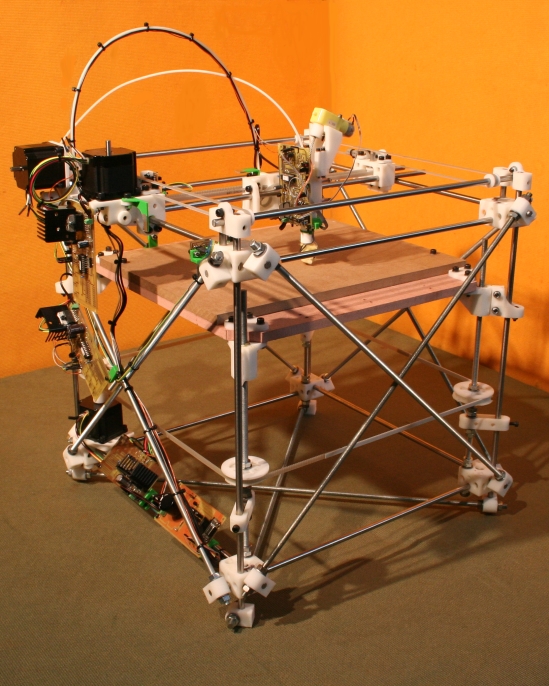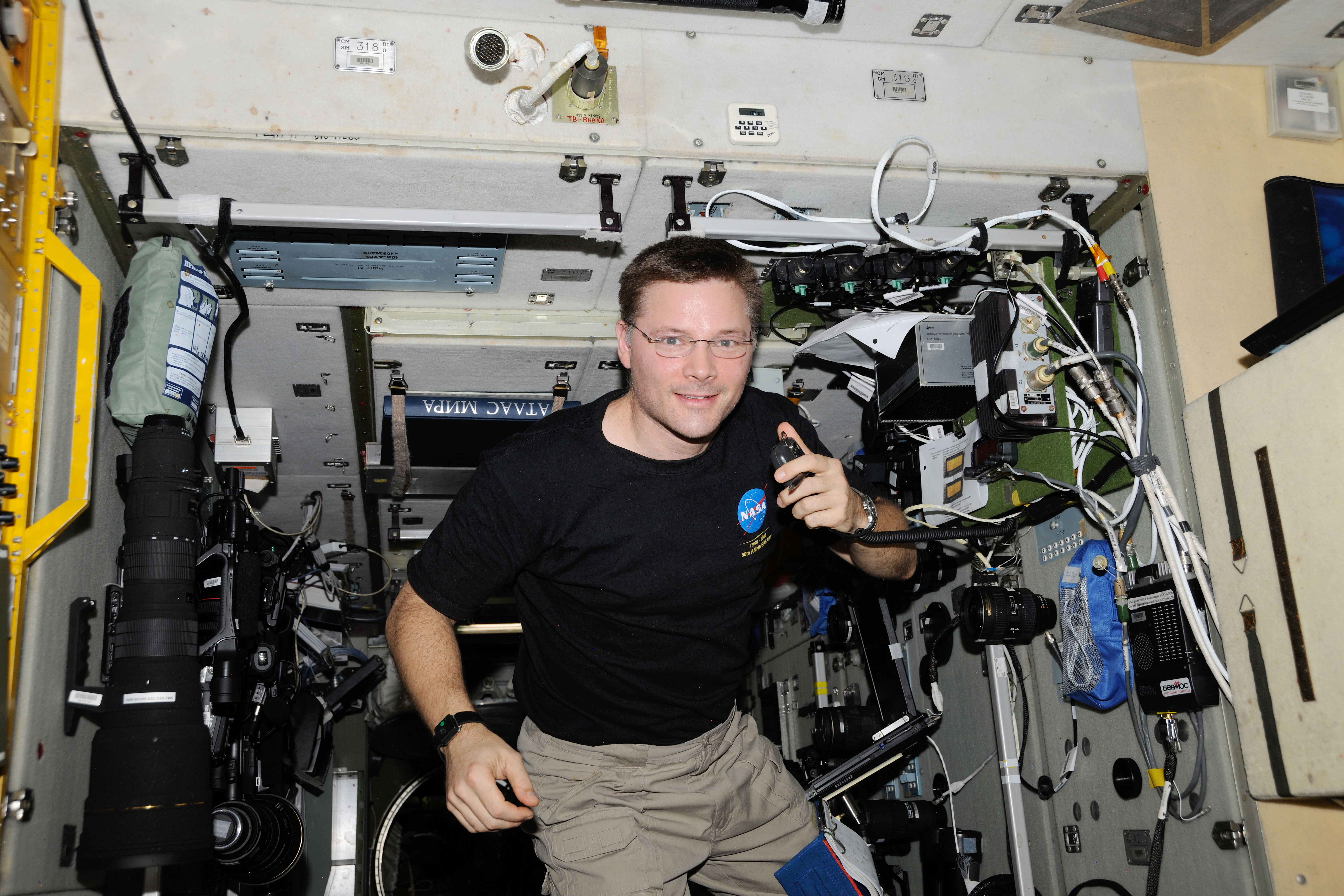|
Open Hardware
Open-source hardware (OSH, OSHW) consists of physical artifacts of technology designed and offered by the open-design movement. Both free and open-source software (FOSS) and open-source hardware are created by this open-source culture movement and apply a like concept to a variety of components. It is sometimes, thus, referred to as free and open-source hardware (FOSH), meaning that the design is easily available ("open") and that it can be used, modified and shared freely ("free"). The term usually means that information about the hardware is easily discerned so that others can make it – coupling it closely to the maker movement. Hardware design (i.e. mechanical drawings, schematics, bills of material, PCB layout data, HDL source code and integrated circuit layout data), in addition to the software that drives the hardware, are all released under free/ libre terms. The original sharer gains feedback and potentially improvements on the design from the FOSH community. Ther ... [...More Info...] [...Related Items...] OR: [Wikipedia] [Google] [Baidu] |
Social Collaboration
Social collaboration refers to processes that help multiple people or groups interact and share information to achieve common goals. Such processes find their 'natural' environment on the Internet, where collaboration and social dissemination of information are made easier by current innovations and the proliferation of the web. Sharing concepts on a digital collaboration environment often facilitates a "brainstorming" process, where new ideas may emerge due to the varied contributions of individuals. These individuals may hail from different walks of life, different cultures and different age groups, their diverse thought processes help in adding new dimensions to ideas, dimensions that previously may have been missed. A crucial concept behind social collaboration is that 'ideas are everywhere.' Individuals are able to share their ideas in an unrestricted environment as anyone can get involved and the discussion is not limited to only those who have domain knowledge. Social collabo ... [...More Info...] [...Related Items...] OR: [Wikipedia] [Google] [Baidu] |
GNU General Public License
The GNU General Public Licenses (GNU GPL or simply GPL) are a series of widely used free software licenses, or ''copyleft'' licenses, that guarantee end users the freedom to run, study, share, or modify the software. The GPL was the first copyleft license available for general use. It was originally written by Richard Stallman, the founder of the Free Software Foundation (FSF), for the GNU Project. The license grants the recipients of a computer program the rights of the Free Software Definition. The licenses in the GPL series are all copyleft licenses, which means that any derivative work must be distributed under the same or equivalent license terms. The GPL is more restrictive than the GNU Lesser General Public License, and even more distinct from the more widely used permissive software licenses such as BSD, MIT, and Apache. Historically, the GPL license family has been one of the most popular software licenses in the free and open-source software (FOSS) domai ... [...More Info...] [...Related Items...] OR: [Wikipedia] [Google] [Baidu] |
Open Design
The open-design movement involves the development of physical products, machines and systems through use of publicly shared design information. This includes the making of both free and open-source software (FOSS) as well as open-source hardware. The process is generally facilitated by the Internet and often performed without monetary compensation. The goals and philosophy of the movement are identical to that of the open-source movement, but are implemented for the development of physical products rather than software. Open design is a form of co-creation, where the final product is designed by the users, rather than an external stakeholder such as a private company. Origin Sharing of manufacturing information can be traced back to the 18th and 19th century. Aggressive patenting put an end to that period of extensive knowledge sharing. More recently, principles of open design have been related to the free and open-source software movements.Vallance, Kiani and Nayfeh, Open D ... [...More Info...] [...Related Items...] OR: [Wikipedia] [Google] [Baidu] |
Ham Radio Operator
An amateur radio operator is someone who uses equipment at an amateur radio station to engage in two-way personal communications with other amateur operators on radio frequencies assigned to the amateur radio service. Amateur radio operators have been granted an amateur radio license by a governmental regulatory authority after passing an examination on applicable regulations, electronics, radio theory, and radio operation. As a component of their license, amateur radio operators are assigned a call sign that they use to identify themselves during communication. About three million amateur radio operators are currently active worldwide. Amateur radio operators are also known as radio amateurs or hams. The term "ham" as a nickname for amateur radio operators originated in a pejorative usage (like "ham actor") by operators in commercial and professional radio communities, and dates to wired telegraphy. The word was subsequently adopted by amateur radio operators. Demographic ... [...More Info...] [...Related Items...] OR: [Wikipedia] [Google] [Baidu] |
Open Source Initiative
The Open Source Initiative (OSI) is a California public benefit corporation "actively involved in Open Source community-building, education, and public advocacy to promote awareness and the importance of non-proprietary software". Governance The OSI is a California public-benefit nonprofit corporation, with 501(c)(3) tax-exempt status. The organization is professionally overseen by an Executive Director and staff, and supported by itBoard of Directorsresponsible for overseeing duty of care, fiduciary duty, and strategic alignment to mission. Open Source Definition The Open Source Definition is a derivative document based on the Debian Free Software Guidelines (DFSG), released in 1997 by Bruce Perens. As Debian Project Leader, Perens released the scribed DFSG on July 4, 1997. In an announce post, Perens states he hopes other distributions use the DFSG as a model and states "We hope that other software projects, including other Linux distributions, will use this document as a mode ... [...More Info...] [...Related Items...] OR: [Wikipedia] [Google] [Baidu] |
Open Source Definition
''The Open Source Definition'' (OSD) is a policy document published by the Open Source Initiative. Derived from the Debian Free Software Guidelines written by Bruce Perens, the definition is the most common standard for open-source software. The definition has ten criteria, such as requiring freely accessed source code and granting the open-source rights to everyone who receives a copy of the program. Covering both copyleft and permissive licenses, it is effectively identical to the definition of free software, but motivated by more pragmatic and business-friendly considerations. The Open Source Initiative's board votes on proposals of licenses to certify that they are compliant with the definition, and maintains a list of compliant licenses on its website. The definition has been adapted into the Open Knowledge Foundation's Open Definition for open knowledge and into open hardware definitions. History There have been several attempts to define open source and free soft ... [...More Info...] [...Related Items...] OR: [Wikipedia] [Google] [Baidu] |
Bruce Perens
Bruce Perens (born around 1958) is an American computer programmer and advocate in the free software movement. He created ''The Open Source Definition'' and published the first formal announcement and manifesto of open source. He co-founded the Open Source Initiative (OSI) with Eric S. Raymond. In 2005, Perens represented Open Source at the United Nations World Summit on the Information Society, at the invitation of the United Nations Development Programme. He has appeared before national legislatures and is often quoted in the press, advocating for open source and the reform of national and international technology policy. Perens is also an amateur radio operator, with call sign K6BP. He promotes open radio communications standards and open-source hardware. In 2016 Perens, along with Boalt Hall (Berkeley Law) professor Lothar Determann, co-authored "Open Cars" which appeared in the Berkeley Technology Law Journal. In 2018 Perens founded the Open Research Institute (ORI), a ... [...More Info...] [...Related Items...] OR: [Wikipedia] [Google] [Baidu] |
Open Source
Open source is source code that is made freely available for possible modification and redistribution. Products include permission to use and view the source code, design documents, or content of the product. The open source model is a decentralized software development model that encourages open collaboration. A main principle of Open-source software, open source software development is peer production, with products such as source code, blueprints, and documentation freely available to the public. The open source movement in software began as a response to the limitations of proprietary code. The model is used for projects such as in open source appropriate technology, and open source drug discovery. Open source promotes universal access via an open-source or free license to a product's design or blueprint, and universal redistribution of that design or blueprint. Before the phrase ''open source'' became widely adopted, developers and producers used a variety of other terms, suc ... [...More Info...] [...Related Items...] OR: [Wikipedia] [Google] [Baidu] |
Proprietary Device Driver
{{Short pages monitor ... [...More Info...] [...Related Items...] OR: [Wikipedia] [Google] [Baidu] |
Semiconductor Intellectual Property Core
A semiconductor is a material with electrical conductivity between that of a conductor and an insulator. Its conductivity can be modified by adding impurities (" doping") to its crystal structure. When two regions with different doping levels are present in the same crystal, they form a semiconductor junction. The behavior of charge carriers, which include electrons, ions, and electron holes, at these junctions is the basis of diodes, transistors, and most modern electronics. Some examples of semiconductors are silicon, germanium, gallium arsenide, and elements near the so-called " metalloid staircase" on the periodic table. After silicon, gallium arsenide is the second-most common semiconductor and is used in laser diodes, solar cells, microwave-frequency integrated circuits, and others. Silicon is a critical element for fabricating most electronic circuits. Semiconductor devices can display a range of different useful properties, such as passing current more easil ... [...More Info...] [...Related Items...] OR: [Wikipedia] [Google] [Baidu] |
Application-specific Integrated Circuit
An application-specific integrated circuit (ASIC ) is an integrated circuit (IC) chip customized for a particular use, rather than intended for general-purpose use, such as a chip designed to run in a digital voice recorder or a high-efficiency video codec. #Application-specific standard product, Application-specific standard product chips are intermediate between ASICs and industry standard integrated circuits like the 7400 series or the 4000 series. ASIC chips are typically semiconductor device fabrication, fabricated using metal–oxide–semiconductor (MOS) technology, as MOS integrated circuit chips. As feature sizes have shrunk and Electronic design automation, chip design tools improved over the years, the maximum complexity (and hence functionality) possible in an ASIC has grown from 5,000 logic gates to over 100 million. Modern ASICs often include entire Central processing unit, microprocessors, memory blocks including Read-only memory, ROM, Random-access memory, RAM, ... [...More Info...] [...Related Items...] OR: [Wikipedia] [Google] [Baidu] |




